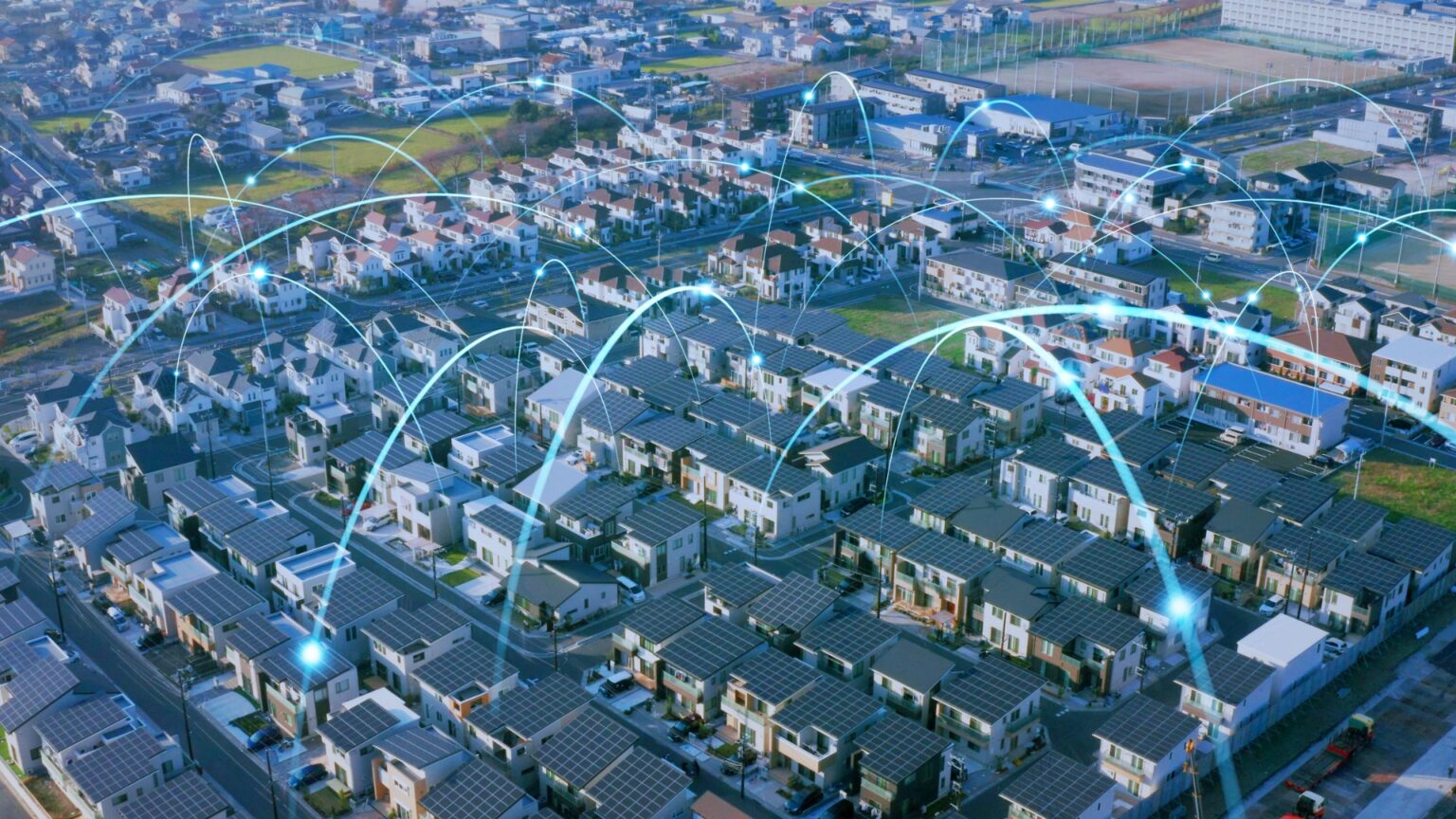The smart grid sensor market is anticipated to scale new heights, with projections indicating it could reach USD 2.1 billion by 2031. This remarkable growth trajectory underscores the industry’s pivotal role in the evolving energy landscape. Such expansion is driven by a confluence of technological advances, increased regulatory support, and the growing demand for reliable and efficient energy distribution systems.
Market projections underscore the increasing integration of these sensors within smart grids, aiding in real-time data collection and analysis. This progression is essential for optimizing energy distribution and mitigating system losses. The market’s anticipated growth aligns with broader energy sector objectives, including the reduction of carbon footprints and enhancing energy security.
However, challenges remain. The need for substantial investment in infrastructure and technology, coupled with cybersecurity concerns, poses significant obstacles. The critical task of ensuring data integrity in smart grid networks remains a pressing concern, highlighting the need for robust cybersecurity measures. Industry players and policymakers must partner closely to address these vulnerabilities, ensuring resilient and secure energy systems.
On the solutions front, firms are focusing on enhancing sensor technology, leveraging IoT and AI. These innovations have the potential to further refine grid performance through predictive maintenance and enhanced fault detection capabilities. As a result, utilities aim to reduce operational downtimes and improve service reliability, ultimately driving consumer satisfaction.
Additionally, regional variations in market growth present both challenges and opportunities. Developed nations are rapidly adopting smart grid technologies, driven by stringent environmental regulations and a well-established infrastructure. On the other hand, emerging economies present lucrative growth opportunities due to their ongoing investments in modernizing energy infrastructure.
The smart grid sensor market’s anticipated growth to USD 2.1 billion by 2031 reflects its critical role in the energy future. While challenges such as cybersecurity and infrastructure investment remain, innovation and strategic collaboration across stakeholders promise to drive the industry forward. As the energy grid undergoes significant transformation, smart grid sensors stand at the forefront of advancing toward a more efficient, sustainable energy future.





